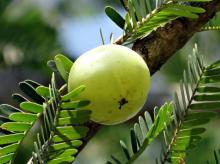Your Guide to Summer Flowers: Morning Glories
The morning glory belongs to the family Convolvulaceae and is native to the tropical regions of America. It was a sacred plant to the Mayan, Aztec, and other native tribes who used the seeds in ceremonies because of its hallucinogenic properties. They believed that the plant had a spirit that could allow men to speak with the gods. There has been found a recipe written by shamans that specifically had to be prepared by a virgin.






